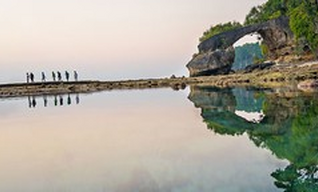
Emre Caylak
-
Noch keine BeiträgeHier wird noch geschrieben ... bitte schaue bald nochmal vorbei

Emre Caylak
Auftraggeber
aljazeera.com , amnesty.org , dekra-solutions.com , emotion.de , skylife.com , theguardian.com , villagevoice.com , world.time.com
Fehler!
Leider konnte der Artikel nicht gefunden werden.
We can't find the internet
Attempting to reconnect
Something went wrong!
Hang in there while we get back on track









